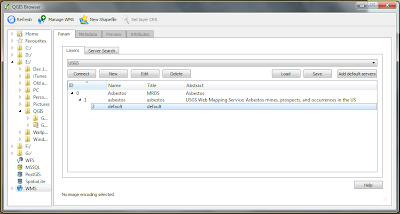The book was written for a range of audiences--including newcomers and more seasoned veterans. It covers basic and advanced topics from installing QGIS, whether a user or developer and Ubuntu/Linux or Windows, to adding and editing map data. In addition, the book contains color screenshots to illustrate what actions are being performed.
The book proceeds logically and words are used efficiently. It helps users add different types of GIS-related data, understand how QGIS treats projections, and highlights vital mapmaking tasks such as symbolizing and labeling. It also covers QGIS' plugins, notably the Open Street Map plugin for using common basemaps and the Heatmap plugin for density analysis.
Later topics include using the Map Composer (analogous to Layout View in ArcGIS) and the Graphical modeler (Model Builder in ArcGIS).
Two potential criticisms of open source software are that they tend be harder to use than their paid counterparts. In addition, some programs lack easy-to-read and authoritative documentation. With "Learning QGIS 2.0", these barriers no longer exist. The timing of the book could not be more perfect with the release of QGIS 2.0 Dufour.
When you finish the book, be sure to visit Anita Graser's blog at: http://anitagraser.com/. It is a real treat! There you can gain even more advanced knowledge.
To purchase Learning QGIS 2.0 visit Packt Publishing or Amazon.com and Kindle. The book is available both in e-book formats and physical paper copies/softcover. E-book formats run about $12. You can also get a physical copy of the book and all e-book formats for ~$25 on the publisher's site. Released Sept 2013, 110 pages.
 |
| Available from Packt Publishing and Amazon/Amazon Kindle |
















